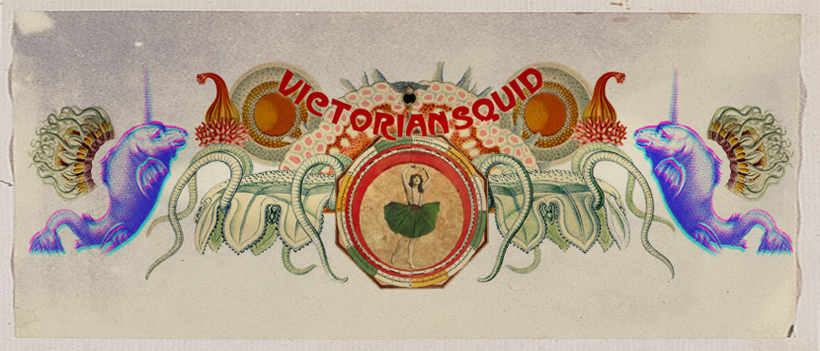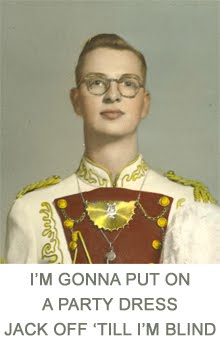
As the revolutionary, but already stagnant rock spirit of the 60’s Group Sounds began to fade, The Japanese turned onto the 70’s by reconnecting with its already well established and well respected experimental underground and jazz scenes. The New Rock had emerged—wilder and hairier than ever before—with bands like Foodbrain, Flower Travellin’ Band, and of course Les Rallizes Denudes. Now the stars of that movement joined more avant garde composers for a slew of wildly disparate releases known popularly as “Super Sessions”. Inspired in equal measures by Karlheinz Stockhausen and Frank Zappa, the Super Sessions bands aimed for the ultimate freak-out territory like only hard-core college-educated music-theory nerds can do.
Actually, the origins of Amalgamation are a little more prosaic. A music magazine asked readers to send in essays about the kind of music jazz pianist Masahiko Satoh should make for his next record. He wasn’t that trilled with any of the suggestions, so he and his mates picked two and decided to fudge something in between. The result was far beyond anything anybody else had produced up to that time.
Assembling Detroit hard-bop drummer Louis Hayes, guitarist Kimio Mizutani, and the Wehnne Strings Consort, Satoh led them all through a complex mix of sizzling guitar noise, brutalist horn bursts, and detuned radio static. Satoh himself played three different ring-modulated Rhodes pianos built specially for this session.
Side one is like a musique concrète mash-up of Pink Floyd’s Atom Heart Mother and Nick Mason’s side of Umma Gumma crashing headlong into interludes of Vivaldi’s Four Seasons and a caffeine-frazzled horn section.
Side two is more organically built, starting out with traditional Japanese instruments that are gradually overtaken by chopped up jazz drumming and a squonking, froopling horn. Somewhere along the way, the drumming gets more tribal and the horn becomes a flute. Natives are performing a snake charming dance in the dry grass, but it summons an angelic voiced woman pop-scatting a Popal Vuh lullaby to A Whiter Shade of Pale’s pipe organ instead.
As avant garde as the whole proceedings were at the time, it also strikes me as the type of experimentalism that would have gone over well with the upwardly culturally mobile Americans who subscribed to the Harvard Classics’ Twenty-Foot Shelf of Great Books back in the 50’s. I can easily see it having inspired one of the more visually abstract portions of Fantasia—something that today’s elites would think of as solidly middlebrow despite the revolutionary intentions that created it. There’s nothing to be afraid of, but a lot to be gained if you dig it.
Actually, the origins of Amalgamation are a little more prosaic. A music magazine asked readers to send in essays about the kind of music jazz pianist Masahiko Satoh should make for his next record. He wasn’t that trilled with any of the suggestions, so he and his mates picked two and decided to fudge something in between. The result was far beyond anything anybody else had produced up to that time.
Assembling Detroit hard-bop drummer Louis Hayes, guitarist Kimio Mizutani, and the Wehnne Strings Consort, Satoh led them all through a complex mix of sizzling guitar noise, brutalist horn bursts, and detuned radio static. Satoh himself played three different ring-modulated Rhodes pianos built specially for this session.
Side one is like a musique concrète mash-up of Pink Floyd’s Atom Heart Mother and Nick Mason’s side of Umma Gumma crashing headlong into interludes of Vivaldi’s Four Seasons and a caffeine-frazzled horn section.
Side two is more organically built, starting out with traditional Japanese instruments that are gradually overtaken by chopped up jazz drumming and a squonking, froopling horn. Somewhere along the way, the drumming gets more tribal and the horn becomes a flute. Natives are performing a snake charming dance in the dry grass, but it summons an angelic voiced woman pop-scatting a Popal Vuh lullaby to A Whiter Shade of Pale’s pipe organ instead.
As avant garde as the whole proceedings were at the time, it also strikes me as the type of experimentalism that would have gone over well with the upwardly culturally mobile Americans who subscribed to the Harvard Classics’ Twenty-Foot Shelf of Great Books back in the 50’s. I can easily see it having inspired one of the more visually abstract portions of Fantasia—something that today’s elites would think of as solidly middlebrow despite the revolutionary intentions that created it. There’s nothing to be afraid of, but a lot to be gained if you dig it.
Amalgamation
Masahiko Satoh website







0 Blurts:
Blurt!